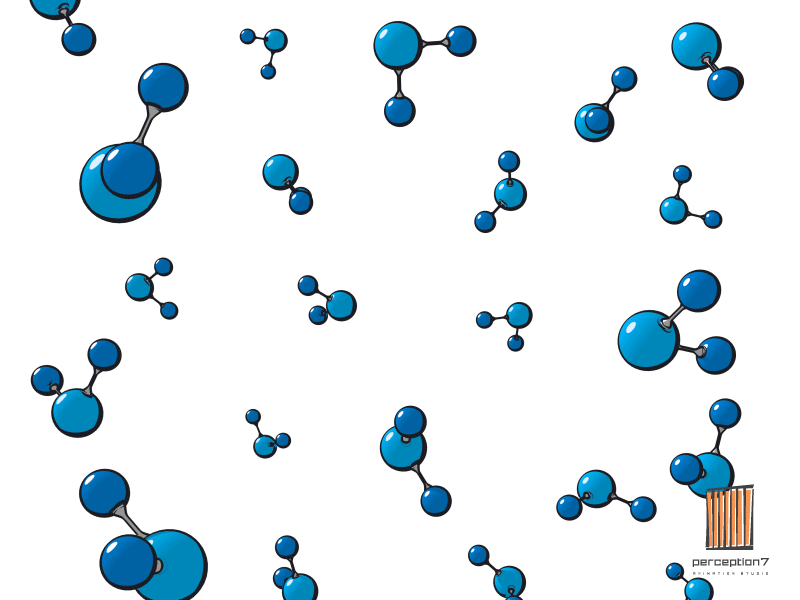A Sweet Briar College Learning Resource |
H2o Atom Model
 H2O - The Mystery, Art, and Science of Water
H2O - The Mystery, Art, and Science of WaterLet's say, for example, you want to know the mass of a single atom of water. From the formula (H 2 O), you know there are two hydrogen atoms and one oxygen atom. You use the periodic table to look up the mass of each atom (H is 1.01 and O is 16.00). Forming a water molecule gives you a mass of. The oxidation state, sometimes referred to as oxidation number, describes the degree of oxidation (loss of electrons) of an atom in a chemical compound.Conceptually, the oxidation state, which may be positive, negative or zero, is the hypothetical charge that an atom would have if all bonds to atoms of different elements were 100% ionic, with no covalent component.
The Chemistry of Water
Structure Means Function
Water is a Chemical!? The formula H20 tells us that one molecule of water is comprised of 2 atoms of hydrogen and one atom of oxygen bonded together. The bonds which hold the hydrogen and oxygen together are called covalent bonds - they are very strong. Let's look at a picture of a molecule of water: In this picture the two hydrogens are represented by white spheres and the oxygen by a red sphere. IMAGE SOURCE: 'Chemistry and Life', 4th Edition, John W. Hill, Dorothy M. Feigl, and Stuart J. Baum, Macmillan Publishing Company, New York, 1993 In this second picture, the hydrogens are shown as white spheres, the oygen as a red sphere. The 'sticks' holding the hydrogens to the oxygen represent covalent bonds. The water molecule maintains a bent shape (bent at 107.5 degrees actually) because of two considerations. First the tetrahedral arrangment around the oxygen and Second the presence of lone pair electrons on the oxygen. Did you say 'Tetrahedral' - What does that mean? Tetrahedral means 'four-sided'. In chemistry we interpret this in our imaginations. Draw the central atom in an imaginary space. Next put the atoms attached to the central atom around it such that the distance between them is maximized. The arrangement you'll adopt will be the form of a regular tetrahedron. This molecular shape is shown below. It has regular bond angles of 109.5
If we do a similar arrangement of water, putting oxygen in the center, and using the two hydrogens and two lone pairs at the corners, we also come up with a tetrahedral arrangement. However, there is one important difference - the bond angles for water are not 109.5. Because of the presence of the very negative lone pair electrons, the two hydrogens are squeezed together as the two lone pairs try to get away from each other as far as possible. The resulting angle gives water a 104.5 bond angle. Because we don't 'see' the electrons, the resulting tetrahedron 'looks' BENT! IMAGE SOURCE: 'Chemistry and Life', 4th Edition, John W. Hill, Dorothy M. Feigl, and Stuart J. Baum, Macmillan Publishing Company, New York, 1993 Does this make water unusual? IMAGE SOURCE: 'Chemistry in Context' Wm C Brown Publishers, Dubuque Iowa, 2nd edition, A project of the American Chemical Society, ed: A. Truman Schwartz et al., 1997, Chapter 5 'The Wonder of Water' Or looking at it from a 'net polarization' perspective, like this: IMAGE SOURCE: 'Chemistry and Life', 4th Edition, John W. Hill, Dorothy M. Feigl, and Stuart J. Baum, Macmillan Publishing Company, New York, 1993 What does the polarization have to do with the properties of water? IMAGE SOURCE: 'Chemistry in Context' Wm C Brown Publishers, Dubuque Iowa, 2nd edition, A project of the American Chemical Society, ed: A. Truman Schwartz et al., 1997, Chapter 5 'The Wonder of Water' The polarity also allows water interact with an electric field: And to interact with other polar molecules - which is how substances become dissolved in water. IMAGE SOURCE: 'Chemistry in Context' Wm C Brown Publishers, Dubuque Iowa, 2nd edition, A project of the American Chemical Society, ed: A. Truman Schwartz et al., 1997, Chapter 5 'The Wonder of Water' | Selected by the SciLinks program, a service of National Science Teachers Association. Copyright 1999 - 2002
|
|---|
H2o Atom Mass
20 - The Mystery, Art, and Science of Water
Chris Witcombe and Sang Hwang
Sweet Briar College
